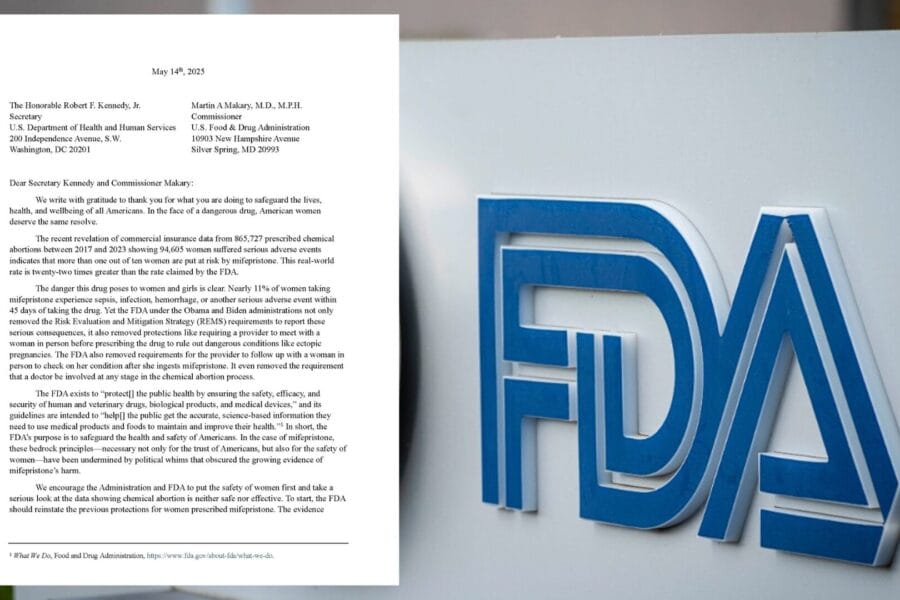The Charlotte Lozier Institute (CLI) recently published a peer-reviewed chemical abortion study with alarming results. 35% of women who have received an induced abortion end up in the emergency room within thirty days for various causes (not necessarily abortion-related complications). Between 2002 to 2015, the rate of emergency room visits for chemical abortion-related complications (including taking the abortion pill) increased 507%. During the same period, the rate for surgical abortion-related complications grew 315%.
The data emerged from a seventeen-year longitudinal study, in which CLI analyzed 423,000 Medicaid claims for induced abortions and 121,283 subsequent emergency room visits within thirty days of the abortion procedure by women over thirteen years of age with at least one identifiable pregnancy between 1999 and 2015.
CLI also found that chemical abortion-related visits increased from 3.6% of total postabortion visits in 2002 to 33.9% in 2015. During the same period, chemical abortions increased from 4.4% of total abortions in 2002 to 34.1% in 2015.
As compared to miscoding of surgical abortion-related treatment, 2015 data showed emergency rooms were four times as likely to miscode chemical abortion-related treatment as miscarriage-related treatment. Between 2013 and 2015, emergency rooms miscoded 60.9% of chemical abortion-related visits as miscarriage-related visits. Previously, United States abortion studies have reported lower chemical abortion complication rates than statistics found in international scientific studies. CLI’s study shows that previous researchers used incomplete data, and chemical abortion complications are higher than the scientific community previously determined.
CLI’s study is opportune because the Food and Drug Administration (FDA) currently is reviewing safeguards for abortion-inducing drugs. Among other areas, the FDA is considering a telehealth option for chemical abortion. Yet, telehealth increases chemical abortion complications and opens the likelihood of misuse of abortion-inducing drugs. This is why AUL wrote to the FDA last week, urging the agency to expand women’s health and safety regulations, not eliminate them.




